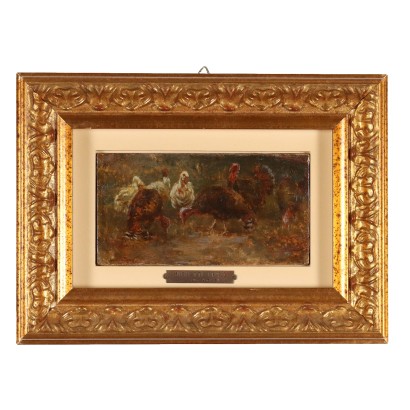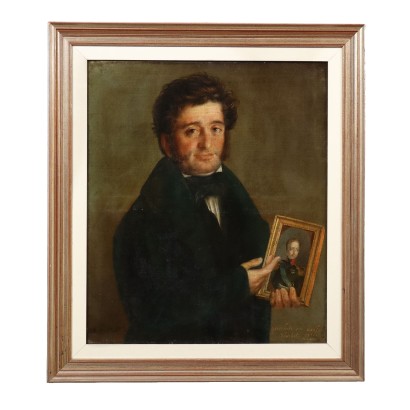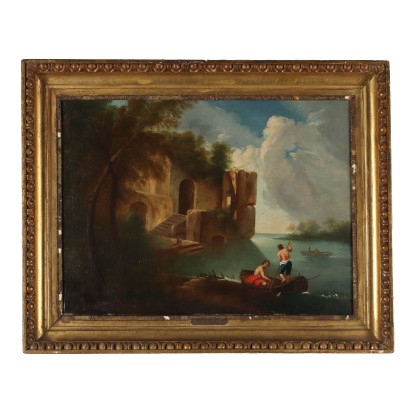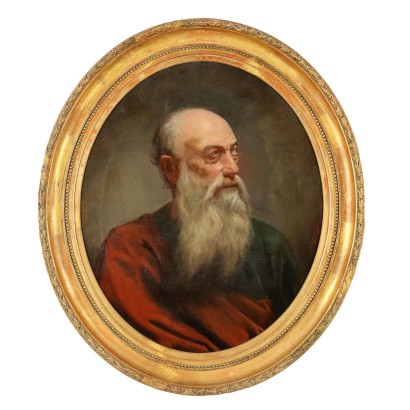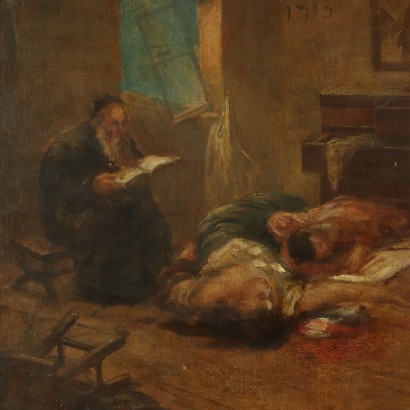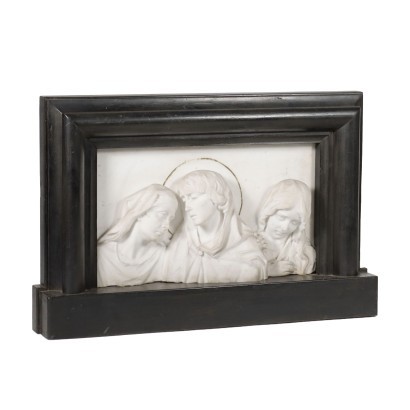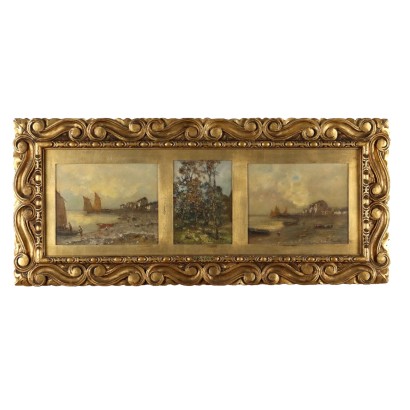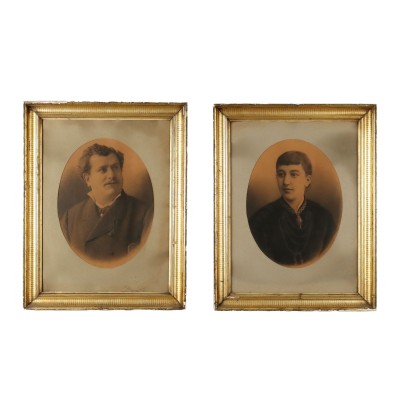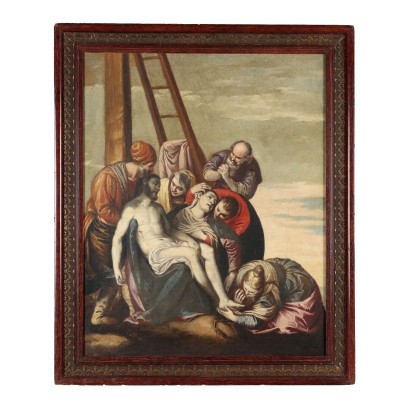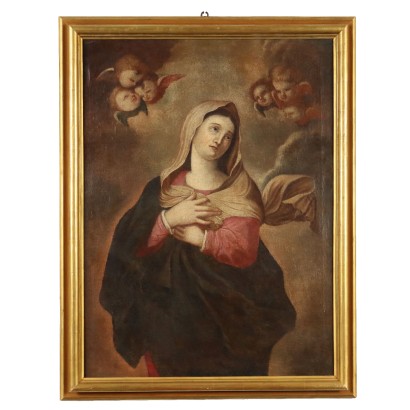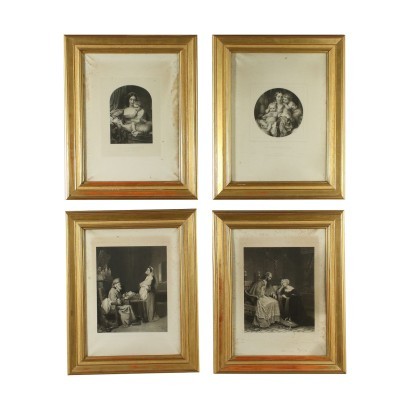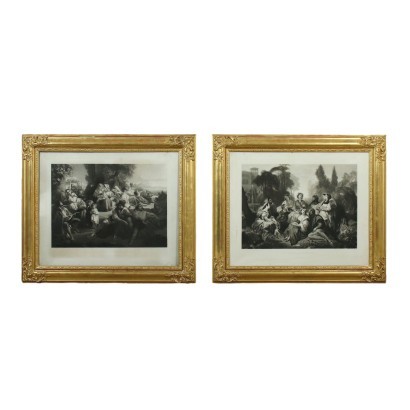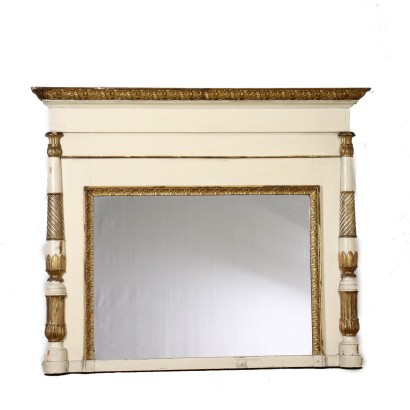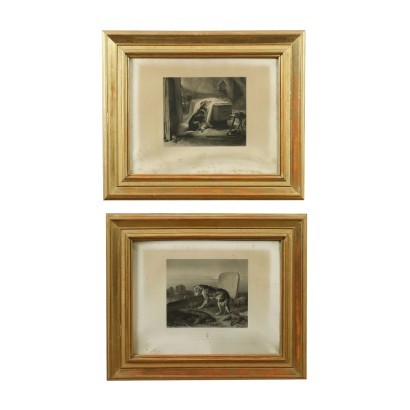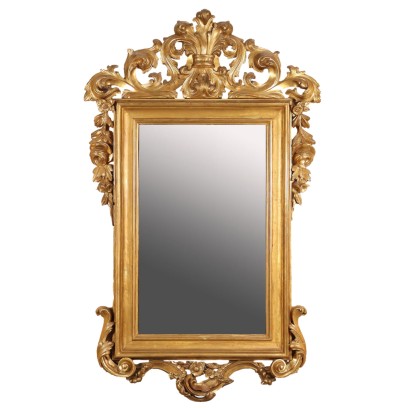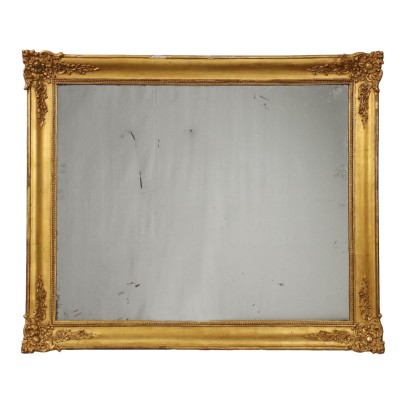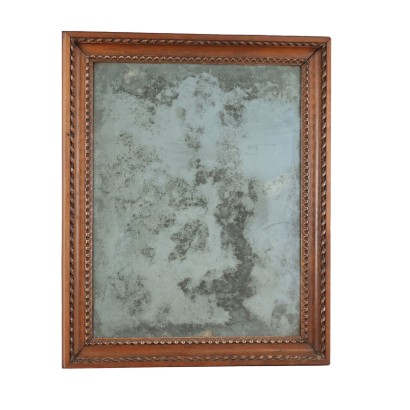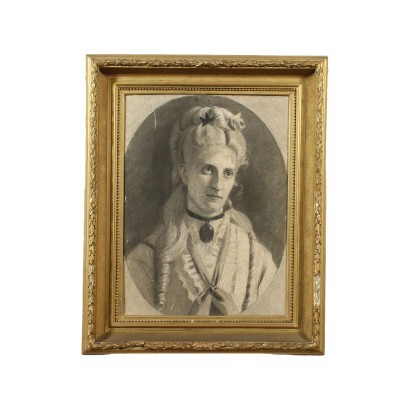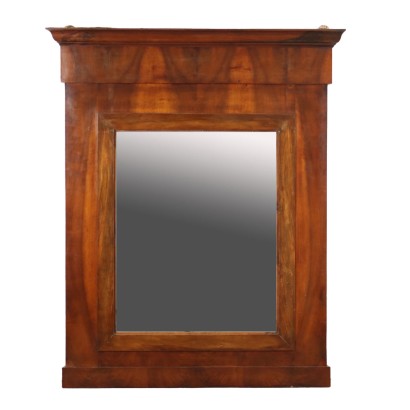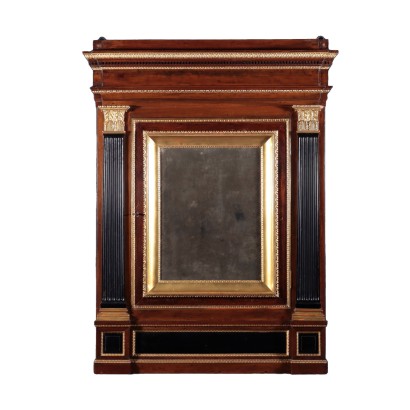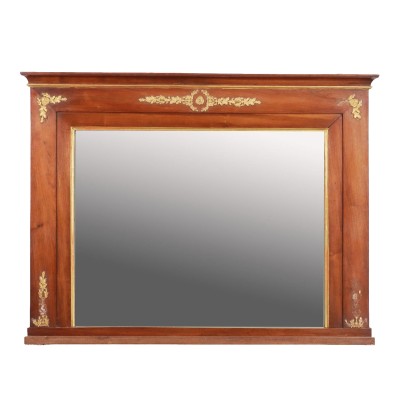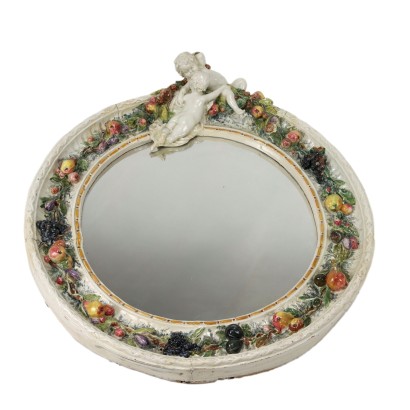Antique Painting by F. Paolo Michetti Oil on Hardboard '900 - Good Friends
Features
Good Friends
Artist: Francesco Paolo Michetti (1851-1929)
Artwork title: Buoni amici
Age: 19th Century / 1801 - 1900
Subject: Naturalistic Subject
Artistic technique: Painting
Technical specification: Oil on Board
Description : Buoni amici
Oil on the table. Signed lower left. Further signature and title on the back, with collector's monogram. The work has already been auctioned by Finarte in 2008. Michetti, originally from Abruzzo, studied painting at the Academy of Fine Arts in Naples, where he formed his realistic and naturalistic style, but rural Abruzzo, with its nature still pristine, it was always his main source of inspiration. In this picture the "Good Friends" are the turkeys and geese scratching together peacefully. The painting is presented in a period frame.
Product Condition:
Product in good condition, has small signs of wear. We try to present the real state as fully as possible with photos. If some details are not clear from the photos, what is stated in the description applies.
Frame Size (cm):
Height: 24
Width: 33
Depth: 4,5
Artwork dimensions (cm):
Height: 10
Width: 19
Additional Information
Artist: Francesco Paolo Michetti (1851-1929)
Francesco Paolo Michetti was born in Tocco da Casauria in 1851. He graduated from the Academy of Fine Arts in Naples, where he was a student, with Edoardo Dalbono, of the master Domenico Morelli, whose naturalism and visionary realism he initially imitated: a promising young man, his work was also immediately noticed by Filippo Palizzi, his countryman, who lived in Naples in those years. Like many painters of the time, since 1871 Michetti had also been interested in photography, initially only as a procedure for studying the subjects of his paintings from life, then also as a new and autonomous means of expression, also making use of direct graphic interventions on them photographic matrices. Rural Abruzzo, with its still uncontaminated nature, was always his main source of inspiration. Already in 1872 and then in 1875 he exhibited his works at the Paris Salon, but he was acclaimed, reaching definitive international fame, in 1877, when he exhibited the sensational canvas of Corpus Domini (purchased by Emperor Wilhelm II of Germany) in Naples. . In 1898 he participated in the Italian General Exhibition. Michetti was also the inspirer and initiator of an artistic circle of national importance which took its name from him and which, starting from the 1880s, began to meet in the convent of Santa Maria del Gesù in Francavilla al Mare, which the painter had purchased and which today is known as the Michetti Convent. Among the most representative men of letters, artists and men of culture who frequented it were Gabriele D'Annunzio, Francesco Paolo Tosti, Basilio Cascella, Costantino Barbella, Edoardo Scarfoglio, Matilde Serao, Antonio De Nino, Francesco Saverio Altamura. In 1903 he was indicated by Queen Elena of Montenegro as suitable for the production of some sketches to illustrate the cartoons of a series of stamps. From these sketches a stamp was then created, issued on 20 March 1906, which depicted the effigy of Vittorio Emanuele III facing to the right. For this reason the stamp was nicknamed Michetti on the right. The painter's international celebrity was such that Vittorio Emanuele III, on 4 April 1909, decided to appoint him Senator of the Kingdom. Michetti died in March 1929 in his convent in Francavilla.Age: 19th Century / 1801 - 1900
19th Century / 1801 - 1900Subject: Naturalistic Subject
Artistic technique: Painting
La pittura è l'arte che consiste nell'applicare dei pigmenti a un supporto come la carta, la tela, la seta, la ceramica, il legno, il vetro o un muro. Essendo i pigmenti essenzialmente solidi, è necessario utilizzare un legante, che li porti a uno stadio liquido, più fluido o più denso, e un collante, che permetta l'adesione duratura al supporto. Chi dipinge è detto pittore o pittrice. Il risultato è un'immagine che, a seconda delle intenzioni dell'autore, esprime la sua percezione del mondo o una libera associazione di forme o un qualsiasi altro significato, a seconda della sua creatività, del suo gusto estetico e di quello della società di cui fa parte.Technical specification: Oil on Board
Other customers have searched:
Arte ottocento, artisti italiani, dipinti 800, dipinto olio su tela, dipinto antico, dipinto paesaggio, dipinti natura morta, arte antica, dipinto olio su tavola..
Se sei un appassionato d'arte, non perderti i nostri approfondimenti sul Blog Arte Di Mano in Mano e su FineArt by Di Mano in Mano - Arte:
Leggi di più
Ecco alcuni tra i principali articoli:
Vedute
Falsi nell'arte antica
Un messaggio di fiducia per ripartire
La potenza espressiva dell'arte figurativa etiope
Breve Storia del Collezionismo
Giorgio Upiglio, maestro dei libri d'artista
Matthias Withoos detto "Calzetta bianca"
San Rocco pensaci tu - Classic Monday
Dai un'occhiata alle nostre rubriche di divulgazione sull'arte:
Epoche
Lavorazioni e tecniche
Mostre ed Eventi
Protagonisti
Ti suggeriamo di guardare anche le presentazioni di questi dipinti ottocenteschi:
Tavoletta Porcellana Regina Luisa di Prussia, Berlino, Ultimo Quarto XIX secolo
Veduta di Frascati, Achille Etna Michallon, ambito di, terzo decennio XIX secolo, olio su tela
Venere Dormiente, Claudio Rinaldi, 1899
Sapevi che l'arte può essere anche un ottimo investimento (e non solo per grandi portafogli)?
L'Arte tra Collezionismo e Investimento
FineArt: Arte come investimento
Leggi di più
Ecco alcuni tra i principali articoli:Vedute
Falsi nell'arte antica
Un messaggio di fiducia per ripartire
La potenza espressiva dell'arte figurativa etiope
Breve Storia del Collezionismo
Giorgio Upiglio, maestro dei libri d'artista
Matthias Withoos detto "Calzetta bianca"
San Rocco pensaci tu - Classic Monday
Dai un'occhiata alle nostre rubriche di divulgazione sull'arte:
Epoche
Lavorazioni e tecniche
Mostre ed Eventi
Protagonisti
Ti suggeriamo di guardare anche le presentazioni di questi dipinti ottocenteschi:
Tavoletta Porcellana Regina Luisa di Prussia, Berlino, Ultimo Quarto XIX secolo
Veduta di Frascati, Achille Etna Michallon, ambito di, terzo decennio XIX secolo, olio su tela
Venere Dormiente, Claudio Rinaldi, 1899
Sapevi che l'arte può essere anche un ottimo investimento (e non solo per grandi portafogli)?
L'Arte tra Collezionismo e Investimento
FineArt: Arte come investimento



